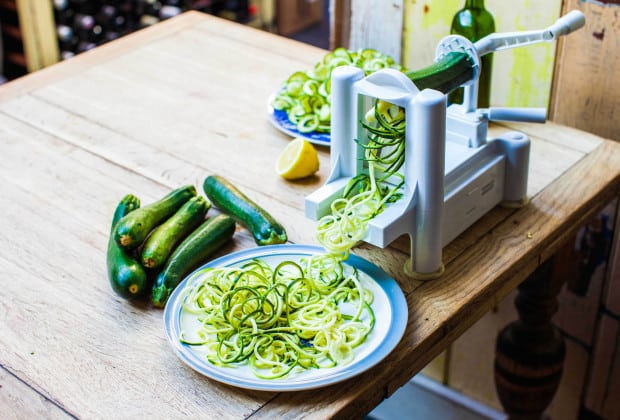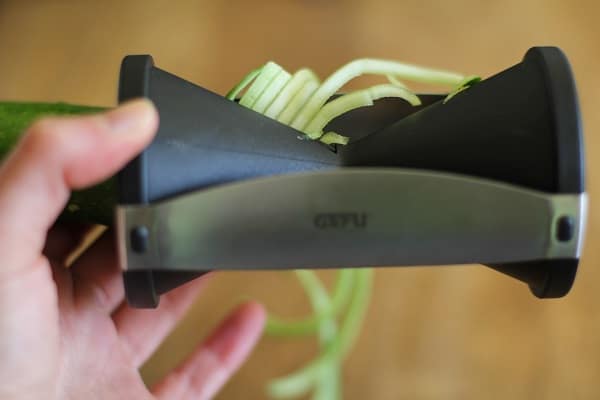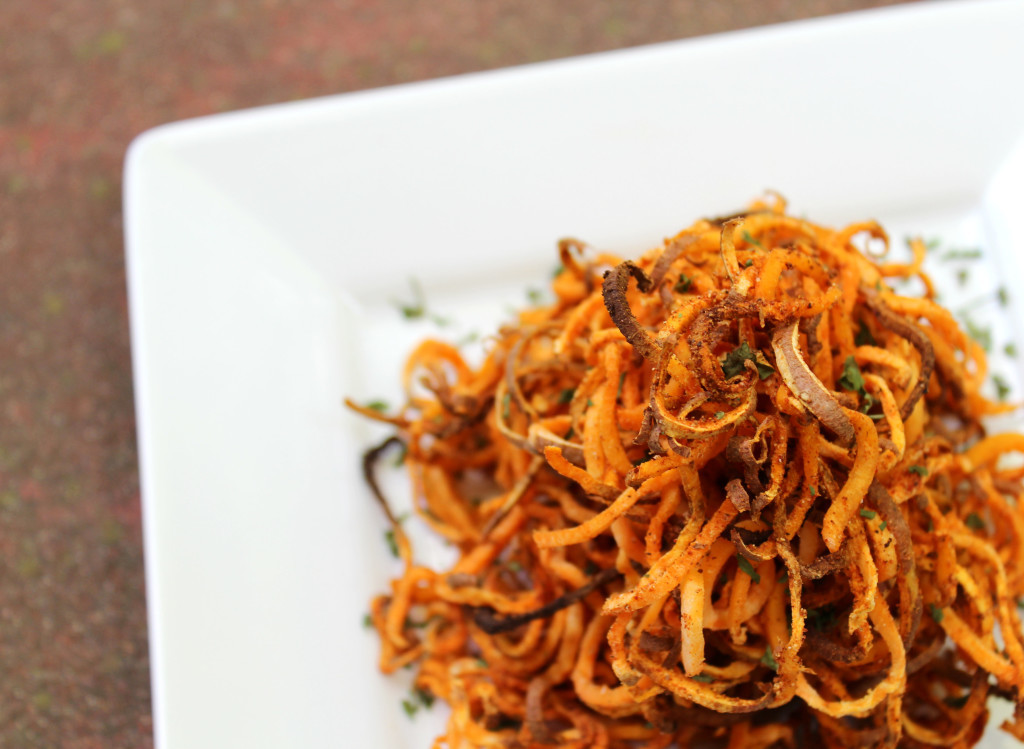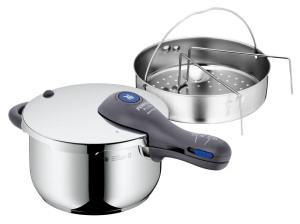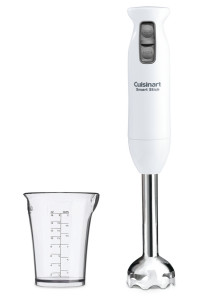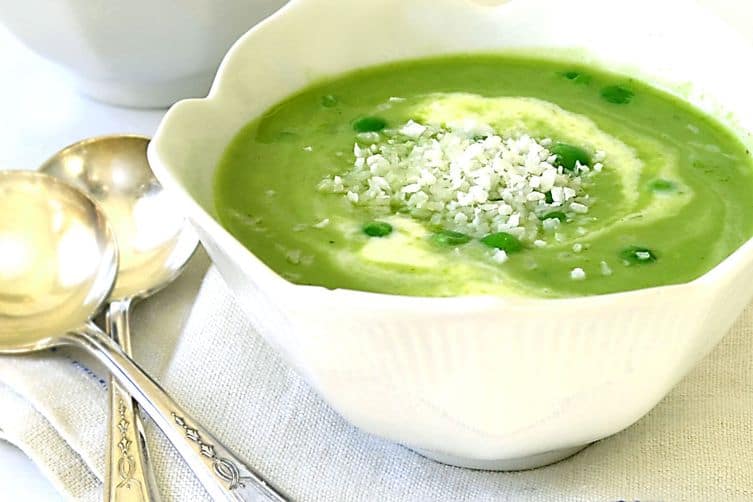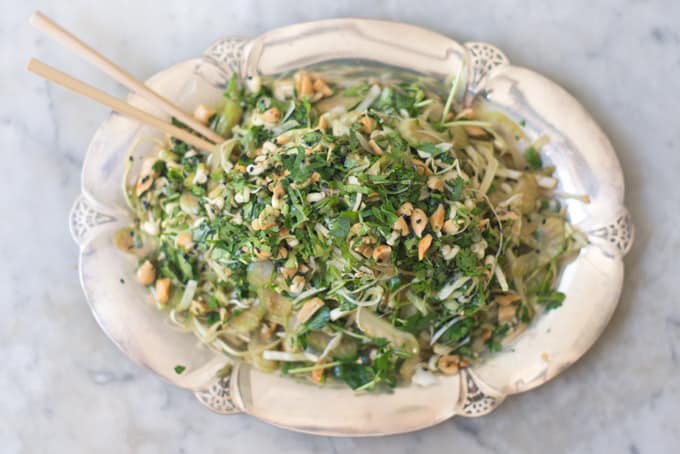Ready to take your plant based kitchen to the next level? Consider a spiralizer. In this final post to my Building Your Plant Based Kitchen series, we take a close look at spiralizers. After a month of tool talk that included insight into owning a Vitamix, an immersion blender, a pressure cooker, and the right knives and cutting boards, you should be well prepared for every new recipe you plan to test drive in 2016.
So who might want a spiralizer? YOU… If adding another layer of interest to raw veggie salads with crazy colorful curls of beets, carrots, and zucchini sounds delightful or you are ready to ditch the grains and want a better-than-pasta base for those amazing vegan sauces you plan to whip up with your immersion blender or Vitamix.
So now comes the challenge – finding the right one.
If you are brand new to this concept, it may help to know that there are two styles of spiralizers: the models with a crank style handle that have a selection of blades and the simple hand held model that will fit in your kitchen tool drawer. Here’s a great review from Foodal that will provide some further insight for your decision making process.
I was gifted this spiralizer just over two years ago when, as a family, we raised the bar on our attempts to eat plant based. Full disclosure – I have not mastered this skill. I cannot yet claim to be a spiralizing genie. But I want to be! Reading up on the subject has convinced me that my lack of accomplishment in this area could really come down to an inferior tool. Hopefully, down the road, I’ll be able to report back on which one I choose to invest in next.
Ready for a test drive?
If you have a hungry teen with a never ending appetite around like I do, then I suggest these Spicy Spiralized Sweet Potato Fries for an afternoon snack.
Ingredients:
Sweet Potatoes (I used two for my hungry guy and there was only a taste for me!)
Garlic Powder (optional)
Onion Powder (optional)
Cumin
Black Pepper
Smoked Paprika
Pink Sea Salt
(I added a tablespoon of melted coconut oil before baking)
